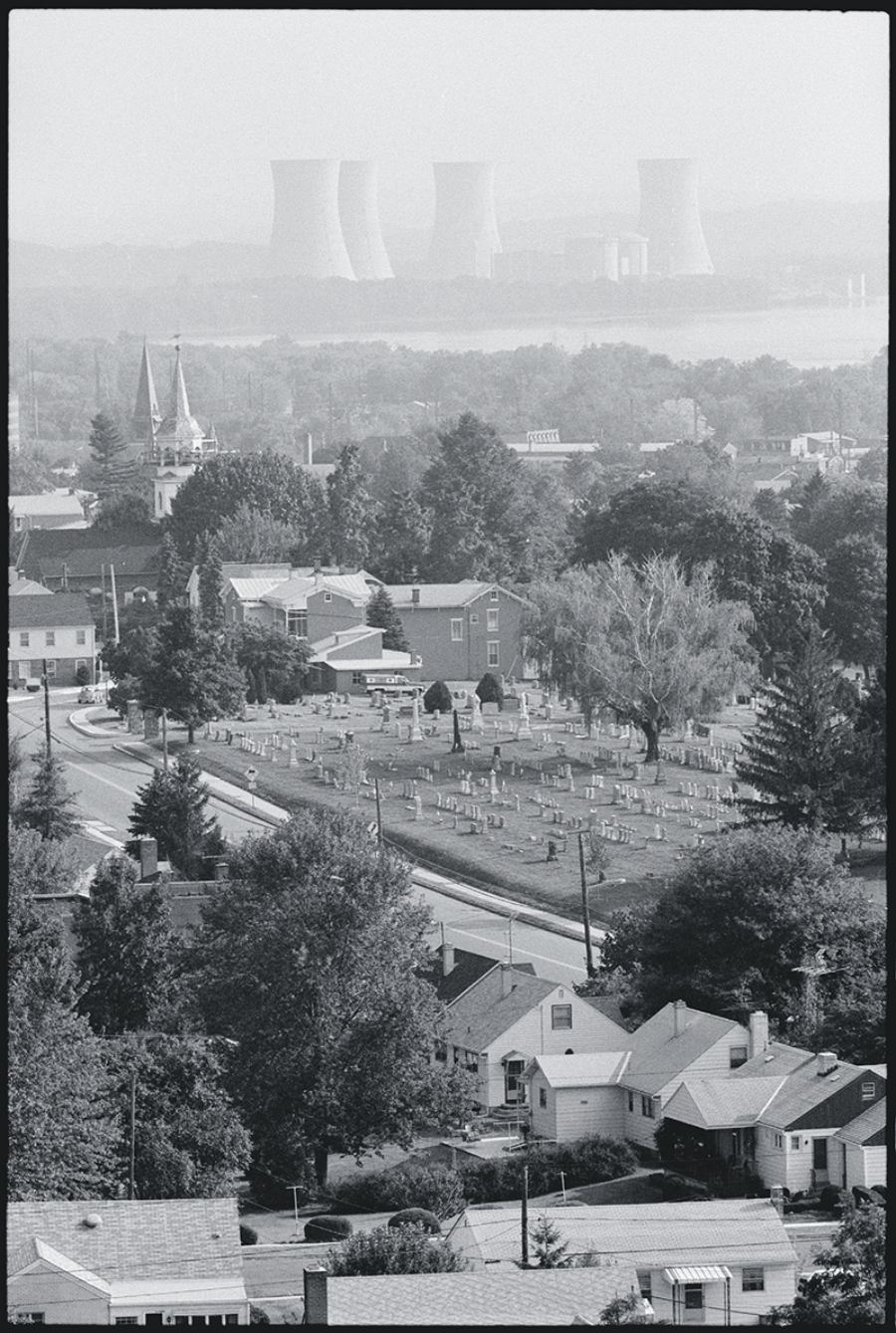
Three Mile Island, Pennsylvania, 1979. Photograph by Thomas J. O’Halloran. Courtesy the Library of Congress
Last June, Bill Gates addressed a crowd of politicians and reporters in Cheyenne, Wyoming. “Fifteen years ago I assembled a group of experts . . . to solve the dual problems of global energy poverty and climate change,” the sweater-clad multibillionaire declared, speaking by video. “It became clear that an essential tool to solving both is advanced nuclear power.” But the technology, he continued, needed to become safer and less expensive. To this end, he had promised to invest $1 billion in TerraPower, a company he founded in 2008 to develop small modular reactors that can be churned out on an assembly line.…






















































































